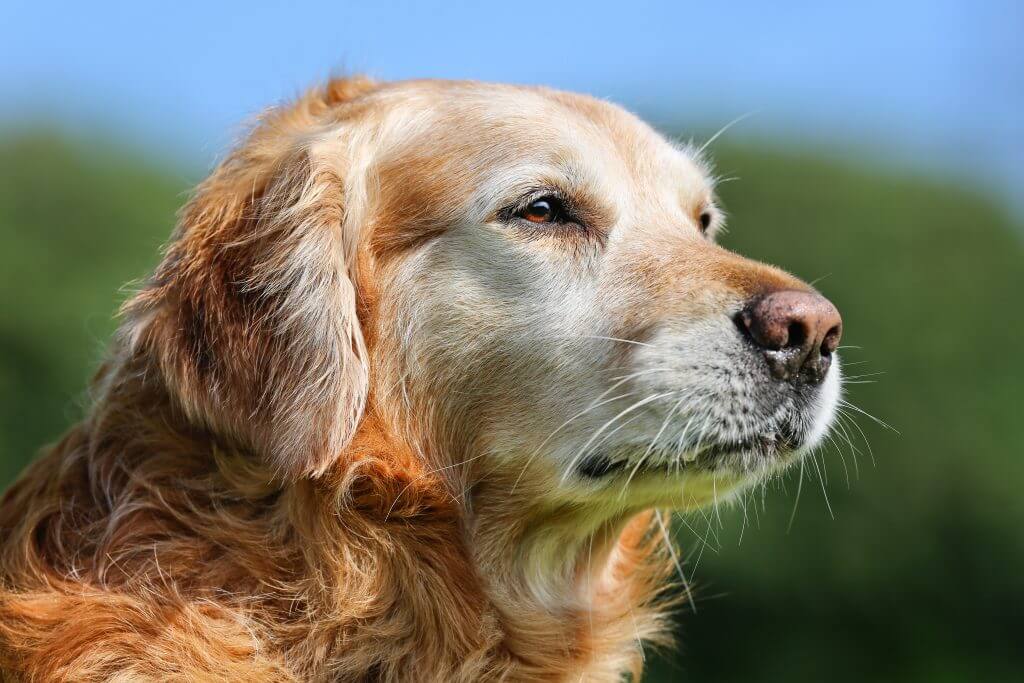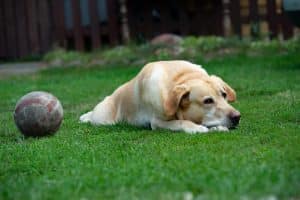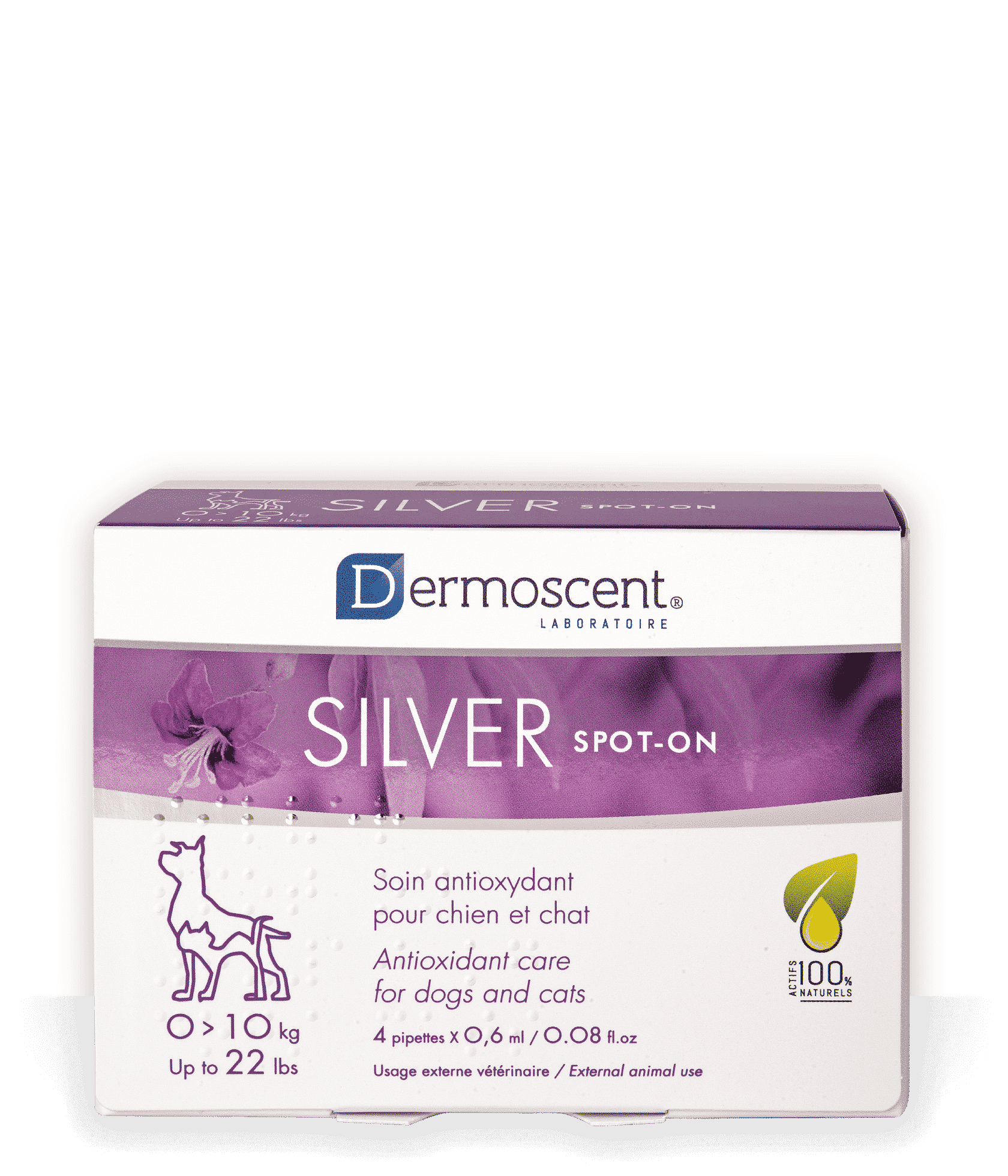Behavioral problems of aging animals

As they age, cats and dogs, just like us, can suffer from pathologies which affect different organs as well as their joints. They may also, over time, develop other problems affecting their behavior which can result in unusual and/or improper actions or reactions: disorientation, irritability, uncleanliness…
The signs that should alert you
If you observe any changes in the behavior of your dog (over the age of 7) or cat (from 10 years on), consult your vet who may be able to differentiate ‘normal’ problems linked to aging from those caused by neurological degeneration such as Cognitive Dysfunction Syndrome (CDS) whose diagnosis requires further image testing (scan/MRI) and specific treatment.

In dogs
Initially, progressive reduction in sight and hearing as well as the onset of pain, most often originating from osteoarthritis, will be noticed. This may make your dog more anxious and lead to behavioral problems: barking, destroying things, irritability or even aggression towards the people or other animals in the home.
His/her physical ability diminishes with age, causing more fatigue. He/she sleeps more, objects to going up or down stairs… Your aging companion shows less interest in things that stimulated him/her previously and greets you with less enthusiasm. You may also find your dog roaming by day or night, being disoriented and forgetting cleanliness, obedience… Sleep and appetite problems may occur.
In cats
Older cats may become more irritable, play less, no longer jump around or self-groom as much as before, or may become more and more isolated and also show signs of anxiety (meowing, fear). As cats are naturally more independent than dogs, these signs can be more discreet and go unnoticed.
Behavioral problems: what are the solutions?
To ensure the best quality of life for your aging companion, you can make some changes to his/her environment and habits:
- Nutrition should be adapted to brain aging and enriched with antioxidants and omega 3 to slow oxidative stress which destroys the cells (neurons).
- The use of phytotherapy and aromatherapy (e.g essential oils), or other products aimed at soothing or stimulating (e.g pheromones), can be useful.
- Certain veterinary-prescribed medicines can improve the chances of successful management (e.g antidepressants, psychotropic drugs and vasodilators to improve oxygenation of the brain).
- It is important to ensure fixed spatio-temporal reference points for your animal: maintain daily routine whilst gradually adjusting the pace, length and locations of walks. Stimulate your pet physically to avoid muscle wasting, as well as mentally to reduce depression (5-minute sessions of simple play, whilst maintaining the usual interaction: cuddles, brushing, walks)
- A defined living space will reassure your pet, so if necessary, limit a large dog’s access to just one room or take a smaller dog to a dog pen. A cat needs a space to feel safe in, particularly when the environment gets agitated (by noisy or boisterous children for example). Make sure to provide a comfortable and peaceful sleeping space whilst not isolating him/her completely from family life.
Dr Vanessa Marmolejo, veterinarian

